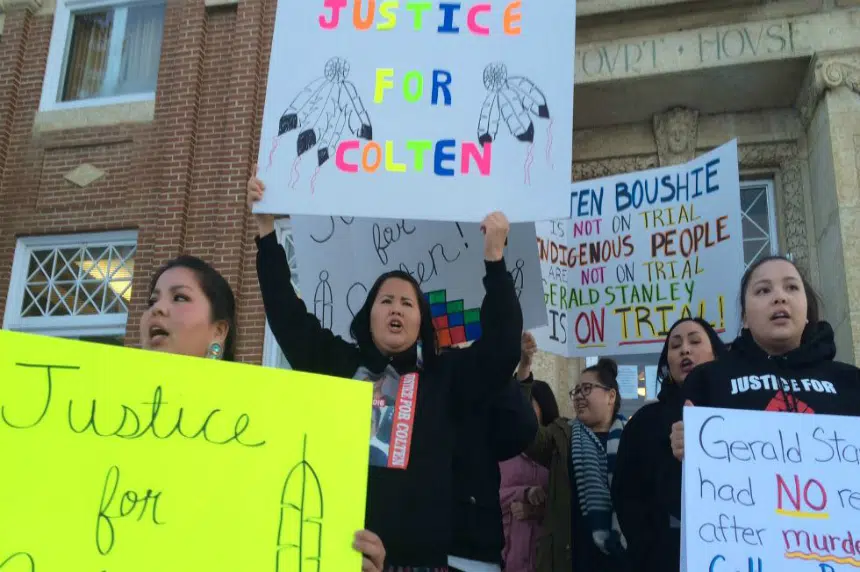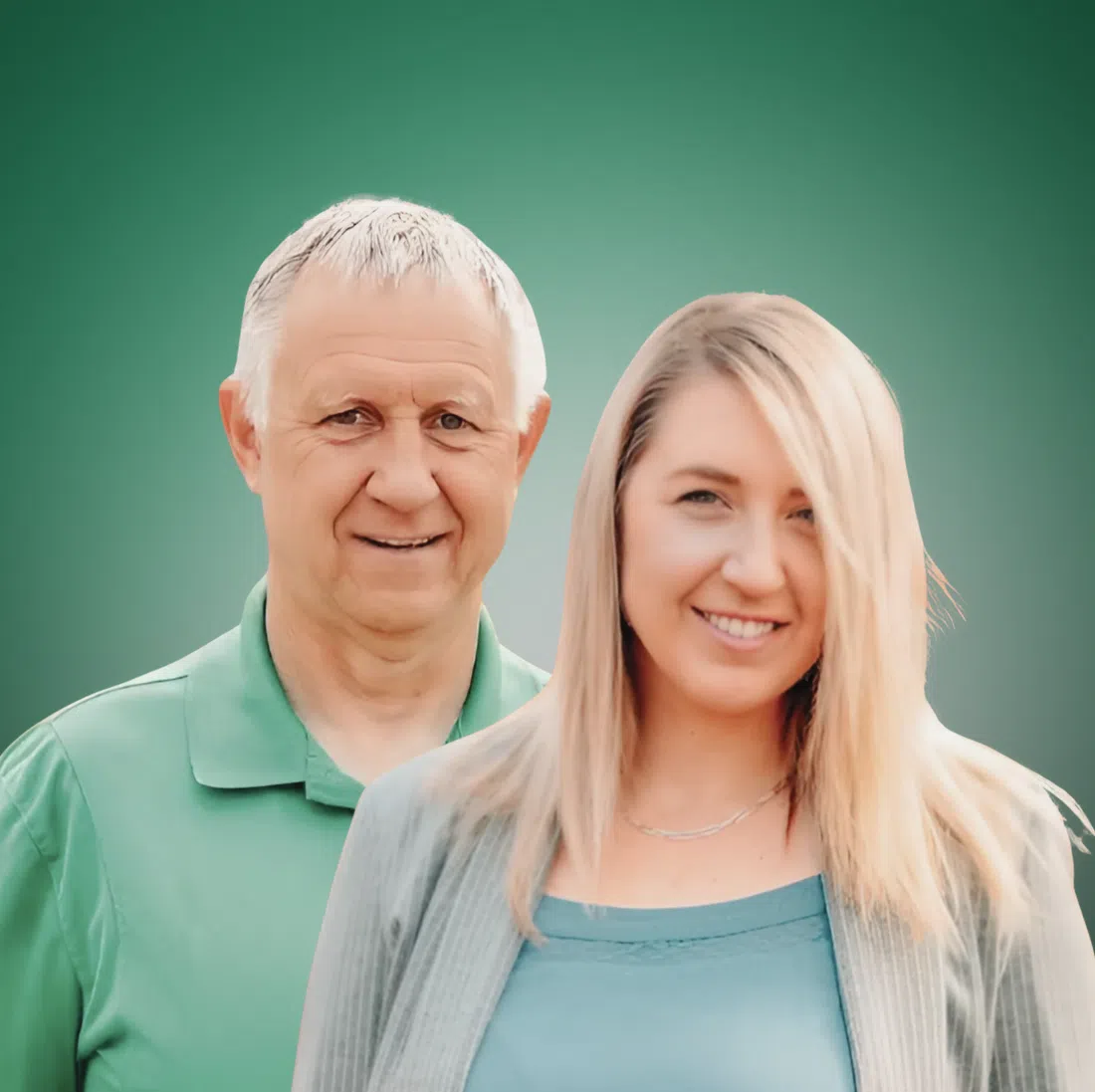By Angela Brown, paNOW
It will be a challenging job for the jury involved in making a decision in the Gerald Stanley trial in the days ahead, according to a Saskatchewan law professor.
Stanley is facing a charge of second-degree murder related to the fatal shooting of Colten Boushie, 22, of Red Pheasant First Nation, on Stanley’s Biggar-area farmyard in Aug. 2016. Stanley has pleaded not guilty.
The lawyers and judge in the Stanley case spent Tuesday deliberating on legal arguments. It’s possible the jury could receive final instruction by Thursday afternoon. If so, the jury would then be sequestered to decide on a verdict.
Glen Luther, a law professor at the University of Saskatchewan, says the case is drawing a great deal of interest in the justice field.
Jury’s role
Luther explains similar to any second-degree murder trial, a jury will often need to consider more than one possible charge, depending on what the judge determines.
The judge is responsible for “instructing” the jury on the charge and potential lesser charges the jury will need to decide on, such as whether Stanley is guilty of second-degree murder or perhaps manslaughter as a lesser charge, or acquittal.
“When one is charged with a greater offence the procedure is you are also charged with any other offence that is lesser and included,” said Luther.
The professor said in the Stanley case, the Crown will need to prove to the jury that Stanley is guilty of the charge of second-degree murder if the jury wants to convict him of this charge.
“If the jury, at the end of the day, decides they are not convinced beyond a reasonable doubt that Mr. Stanley intended to kill, or that Mr. Stanley intended to cause bodily harm that he knew was likely to cause death, the jury will be instructed probably that they can’t convict him of murder, that they then have to turn and decide whether he is guilty of manslaughter (an unlawful act causing death),” said Luther.
Jury’s decision
Luther said all 12 members of the jury will need to agree unanimously on a certain charge, or acquittal for the case to proceed.
Otherwise, it is considered a hung jury if they can’t reach a decision of guilty or not guilty, and then there will have to be a new trial.
“The judge will do everything he can to persuade them not to be a hung jury,” Luther said.
The accused cannot appeal the decision of the jury, but can appeal the instructions the judge gave the jury.
“It’s really difficult to ever convince the Court of Appeal they should overturn what the jury says,” said Luther.
Divisive issue
Luther said when the jury was being formed, some experts in the judicial field watching the case had questions about the fairness of the selection process, which follows a traditional system, and whether perhaps that needs to change in the future. Concerns raised by legal experts and the Federation of Sovereign Indigenous Nations surrounded the lack of Indigenous representation on the jury.
“In this case, it appears no Indigenous person got on this jury,” said Luther. “It is of great concern that we continue to have these trials that involve Aboriginal victims and white accused. There have been several of these over the decades. That is a concern. It doesn’t seem fair.”
“It’s been suggested we need to think carefully about this particular process,” Luther added. “Just because we’ve always done it this way, is this the right way to do it? It’s a concern we don’t have enough Aboriginal people on the jury.”
Luther pointed to the Truth and Reconciliation Commission of Canada’s report findings that address these issues in the criminal justice system as a matter of contention.
The jury in the Stanley case will return Thursday at 10 a.m. at Court of Queen’s Bench in Battleford to hear the final arguments from the defence and Crown.











